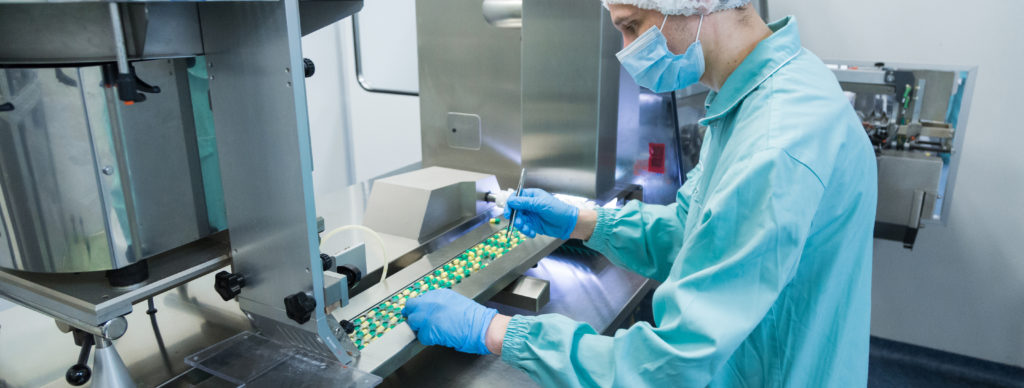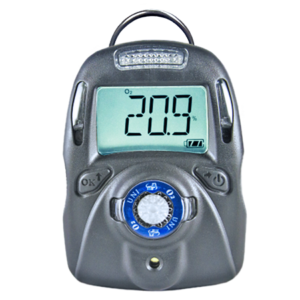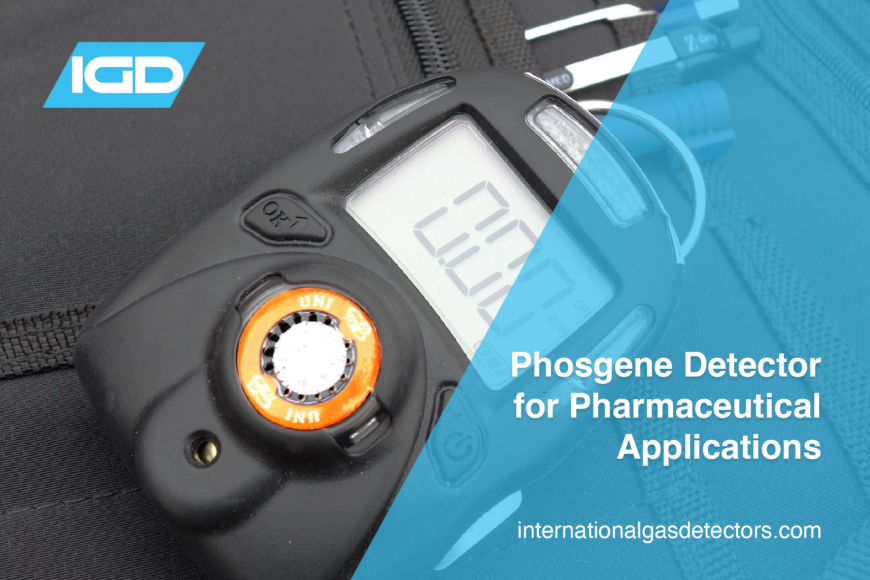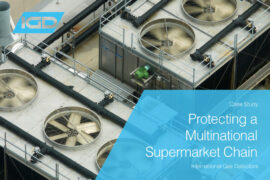Utilising a Phosgene detector in Pharmaceutical Applications
IGD supplied Phosgene Detectors to a pharmaceutical company in the UK, helping them in mitigating their Phosgene gas hazards. Our effective Phosgene Detector provided the client with everything they needed and ended up being detectably better for their application. Read on below to find out more about this unique gas hazard for pharmaceutical applications.
What was the application and Why was a Phosgene Detector required?
The Phosgene Detector was required for a pharmaceutical company due to an experiment taking place on site. The pharmaceutical industry develops various medicines and drugs. This particular company is continually developing to create a more effective drug via experiments. The experiment on site meant that Phosgene gas was being emitted from a nearby fume cupboard. This was a potential hazard because if the fume cupboard stopped working or is blocked then a build up of toxic phosgene could arise.

Pharmaceutical technician working on the production of pills
Why are Phosgene Detectors so important?
Phosgene gas is a pale yellow, colourless or white gas, producing a pleasant smell similar to newly mown hay at low concentrations, but producing a foul smell at high concentrations. At room temperature this is a highly poisonous, heavier than air gas. Phosgene gas is not produced in nature, therefore is found mostly in industrial applications. This is because it is used to make plastics, pharmaceuticals and pesticides and can be emitted through the creation of various chemicals.
When transported, Phosgene is cooled and pressurised, turning it into a liquid form, and then stored in metal cylinders. When leaks occur, Phosgene immediately turns into its gaseous form, stays close to the ground and spreads rapidly. Thus, a massive build up of this gas can happen unnoticed. This can be extremely dangerous to personnel due to the toxicity of this gas.

Laboratory worker conducting tests wearing the UNI
The STEL limit of Phosgene is 0.02ppm and the TWA is 0.06ppm; both extremely low levels demonstrating just how dangerous Phosgene is to human health. Phosgene gas was used largely during World War 1 as a choking agent. Ultimately being responsible for a large majority of the deaths during this time. Phosgene exposure can cause a range of symptoms, including coughing , burning in the eyes and throat and skin lesions. Long term effects can include chronic bronchitis and emphysema.
Therefore, it was vital that our client implemented Phosgene detectors in order to mitigate the hazard as much as possible.
IGDs detectably better Phosgene Detector solution
IGD supplied this client with our detectably better solution for phosgene: the UNI portable Phosgene Detector. This helped ensure the safety of their personnel as it provided each team member with their own personal gas detection device.
The client was extremely happy with the lightweight, durability and flexibility of this device, in addition to the 3 year battery life of the device. This meant that the teams Phosgene Detectors would not impede on the work being done throughout the day, making their protection as simple and comfortable as it should be.

UNI portable gas detector
IGD could also offer easy serviceability of this device with its long warranty time. Ensuring their Phosgene Detectors are in the best condition for no extra cost. The UNI comes equipped with 50 event data logging capabilities, therefore the client can easily track their events should any occur.
Conclusion
Overall, the implementation of this device was massively successful in this pharmaceutical company. The client was amazed with all the additional benefits IGD were able to offer with the UNI Phosgene Detector, in addition to the detectably better servicing with IGD. This case study has opened up a massive opportunity for IGD to work with similar companies in the future for the implementation of Phosgene Detectors.
Contact Us:
Contact our team here to find out more about our detectably better Phosgene detector solutions. Our team of experts are on hand 5 days a week to answer all your gas detection queries.




